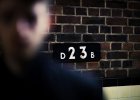Hello.... new to the forum and I am looking for some advice.
I am a professional photographer who spent the lockdown convinced that Charles Holden's Piccadilly line masterpieces contain hidden triggers to other dimensions.
(Ok not really, but I think it makes for a good fun photographic book, which I hope to publish next year)
Do any of you have any stories or urban myths you could share that might add weight to this theory?
You can see some promotional social media stuff I have done here :
and I've added some images so you get the feel of what the final book would look like.
I would love to add some real stories from ex/current underground workers and enthusiasts
thanks
Peter
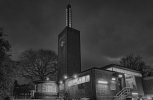
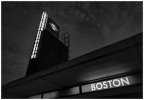
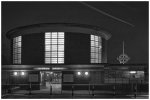
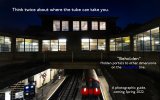
I am a professional photographer who spent the lockdown convinced that Charles Holden's Piccadilly line masterpieces contain hidden triggers to other dimensions.
(Ok not really, but I think it makes for a good fun photographic book, which I hope to publish next year)
Do any of you have any stories or urban myths you could share that might add weight to this theory?
You can see some promotional social media stuff I have done here :
and I've added some images so you get the feel of what the final book would look like.
I would love to add some real stories from ex/current underground workers and enthusiasts
thanks
Peter





